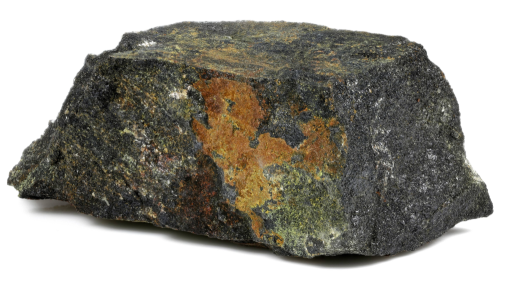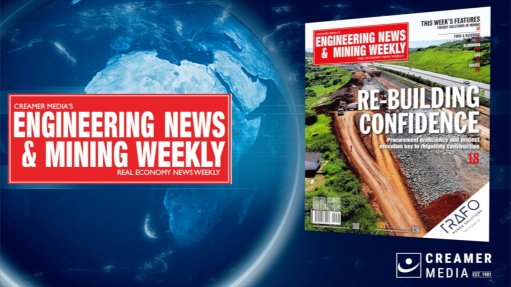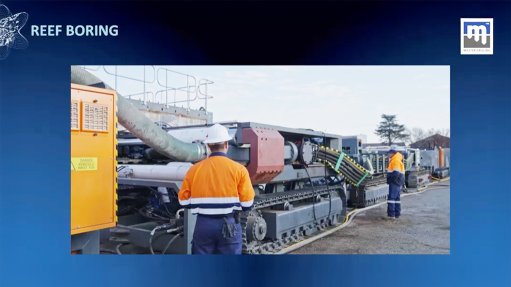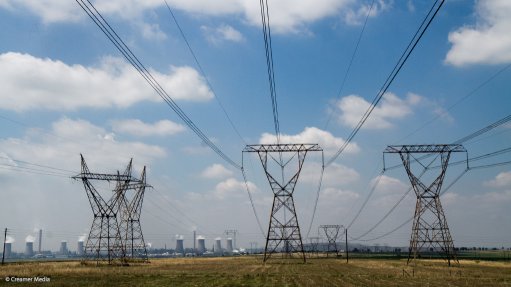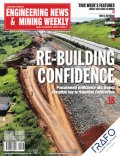Impeded release of nitrates mitigating enviro impact of mining explosives

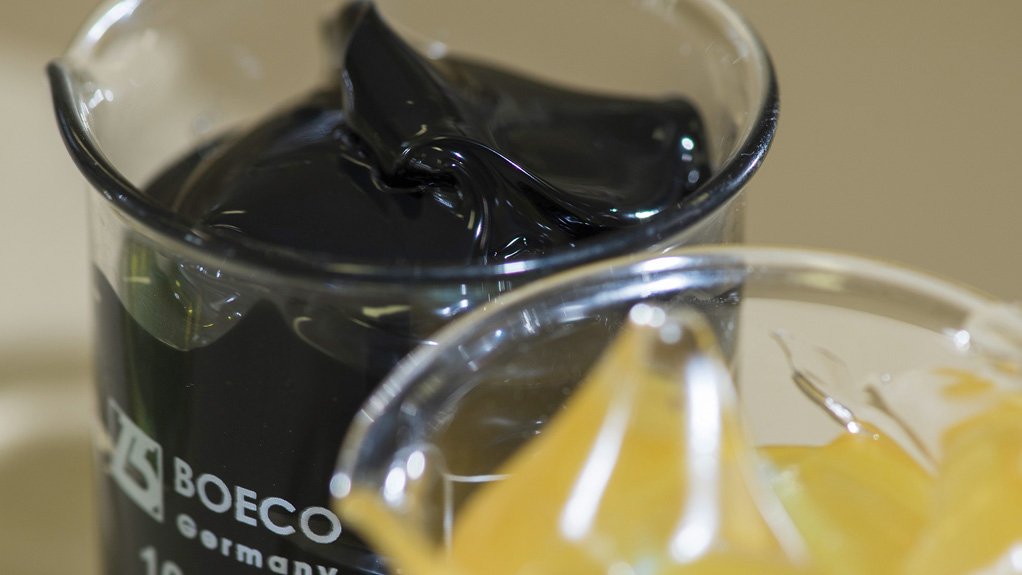

EXPLOSIVES DEVELOPMENT Emulsion-based explosives released about 0.7% of its nitrate content into water in tests
NEIL ALBERTS BME emulsions have contributed to environmental sustainability on mines by incorporating and consuming previously-used oil in its emulsion products
Developments over the past three decades by mining explosives manufacturer BME have resulted in a lowered negative impact on the environment through the impeded release of nitrates during blasting operations, thereby preventing possible groundwater contamination and allowing enhanced recycling of water on site.
BME operations manager Neil Alberts says recent international studies suggest that up to 28% of nitrates from traditional ammonium nitrate fuel oil (Anfo) explosives can leach into water draining through underground mine workings during a blasting campaign. “These levels can be reduced to as [low] as 2% by applying best practice, but the long-term solution lies in explosives that do not release nitrates into water sources.”
He says that BME, as a major market player in the field of cold emulsion explosives in South Africa, has evolved this technology to new levels over the past three decades.
Alberts says the environmentally critical characteristic of BME’s emulsions range is its water resistance. “The explosive material does not dissolve readily in water. This reduces the amount of nitrate leaching to negligible levels.”
Tests conducted by BME indicate that, after being immersed in water for a month, its emulsion released about 0.7% of its nitrate content.
He explains the key factor in reducing water solubility is the effectiveness with which the oil in the emulsion – the fuel phase of the mixture – surrounds and isolates the small droplets of saturated oxidiser salt, preventing them from dissolving in water. However, Alberts adds that, inversely, BME’s tests also confirm that Anfo dissolves completely when it comes into contact with water.
Further, according to BME, the mining sector typically accepts that about 30% of Anfo delivered to a blast site is not consumed in blasting. Therefore, the high levels of Anfo wasted through blasting operations suggest that it may be a contributor to the nitrate levels in water passing through mine workings.
Another advantage of emulsions highlighted by the tests is that no oil is released, ensuring the prevention of water contamination by oil; both the nitrate and the fuel phases of the mixture are bonded tightly by the emulsifier.
Alberts notes that BME emulsions have already contributed to environmental sustainability on mines by incorporating and consuming previously used oil in its emulsion products, thereby helping mines to dispose of old oil safely and economically. “The way we have evolved the matrix also ensures that no oil is released when our emulsion comes into contact with water at the stope face.”
As mines work to prevent or mitigate environmental damage, pollution or ecological degradation, the levels of nitrate in water are usually monitored as high nitrate levels can render water unsafe for drinking.
By preventing nitrate leaching from blasting chemicals underground, he says, mines can reduce the risk of groundwater contamination as water drains out of working areas. “At the same time, where mines are making efforts to recycle water from underground, lower nitrate levels will enhance the overall quality of recycled water and increase its applications on and off the mine site.”
Emulsion explosives are part of a growing range of underground products being developed by BME, including up-hole blasting technology, vertical pipelines to convey emulsion directly from surface to working levels, mobile chargers and pumps, and control systems to facilitate real-time communication between underground operations and surface systems.
Comments
Announcements
What's On
Subscribe to improve your user experience...
Option 1 (equivalent of R125 a month):
Receive a weekly copy of Creamer Media's Engineering News & Mining Weekly magazine
(print copy for those in South Africa and e-magazine for those outside of South Africa)
Receive daily email newsletters
Access to full search results
Access archive of magazine back copies
Access to Projects in Progress
Access to ONE Research Report of your choice in PDF format
Option 2 (equivalent of R375 a month):
All benefits from Option 1
PLUS
Access to Creamer Media's Research Channel Africa for ALL Research Reports, in PDF format, on various industrial and mining sectors
including Electricity; Water; Energy Transition; Hydrogen; Roads, Rail and Ports; Coal; Gold; Platinum; Battery Metals; etc.
Already a subscriber?
Forgotten your password?
Receive weekly copy of Creamer Media's Engineering News & Mining Weekly magazine (print copy for those in South Africa and e-magazine for those outside of South Africa)
➕
Recieve daily email newsletters
➕
Access to full search results
➕
Access archive of magazine back copies
➕
Access to Projects in Progress
➕
Access to ONE Research Report of your choice in PDF format
RESEARCH CHANNEL AFRICA
R4500 (equivalent of R375 a month)
SUBSCRIBEAll benefits from Option 1
➕
Access to Creamer Media's Research Channel Africa for ALL Research Reports on various industrial and mining sectors, in PDF format, including on:
Electricity
➕
Water
➕
Energy Transition
➕
Hydrogen
➕
Roads, Rail and Ports
➕
Coal
➕
Gold
➕
Platinum
➕
Battery Metals
➕
etc.
Receive all benefits from Option 1 or Option 2 delivered to numerous people at your company
➕
Multiple User names and Passwords for simultaneous log-ins
➕
Intranet integration access to all in your organisation









